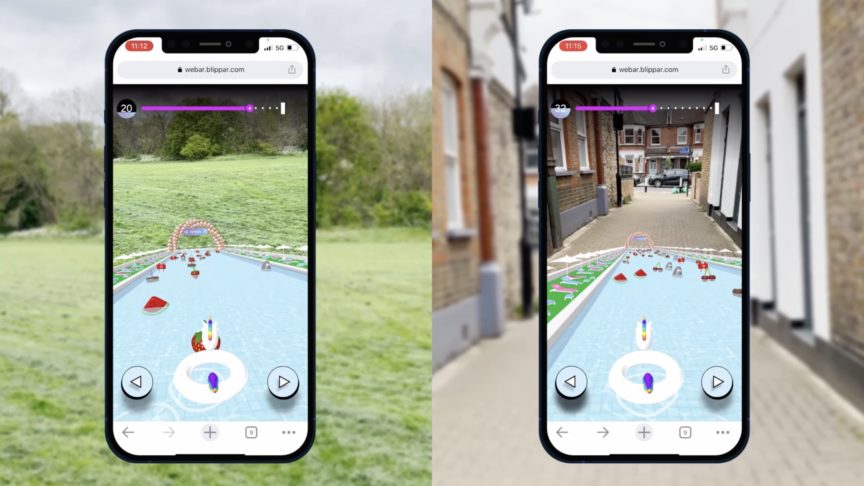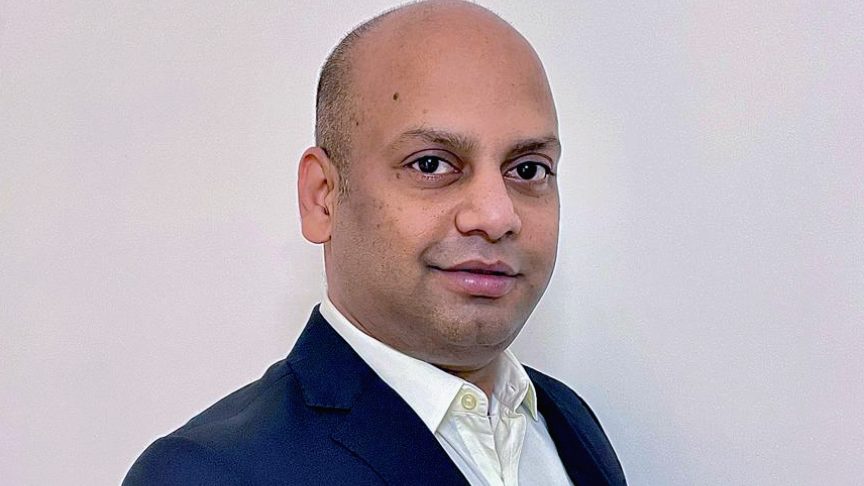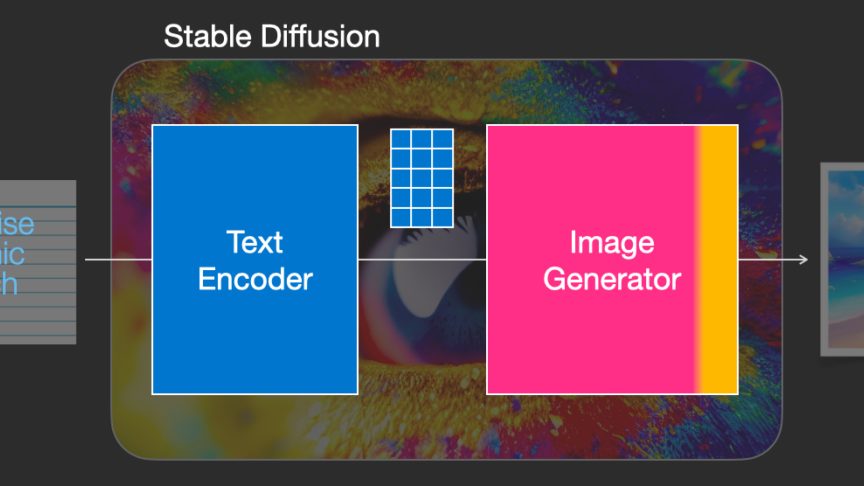Augmented reality is an exciting and engaging medium. It can turn a physical product into a digital media channel to enhance it with unlockable, immersive content.
5 ways Augmented Reality benefits the Beverage Industry
November 7, 2018
5 ways Augmented Reality benefits the Beverage Industry
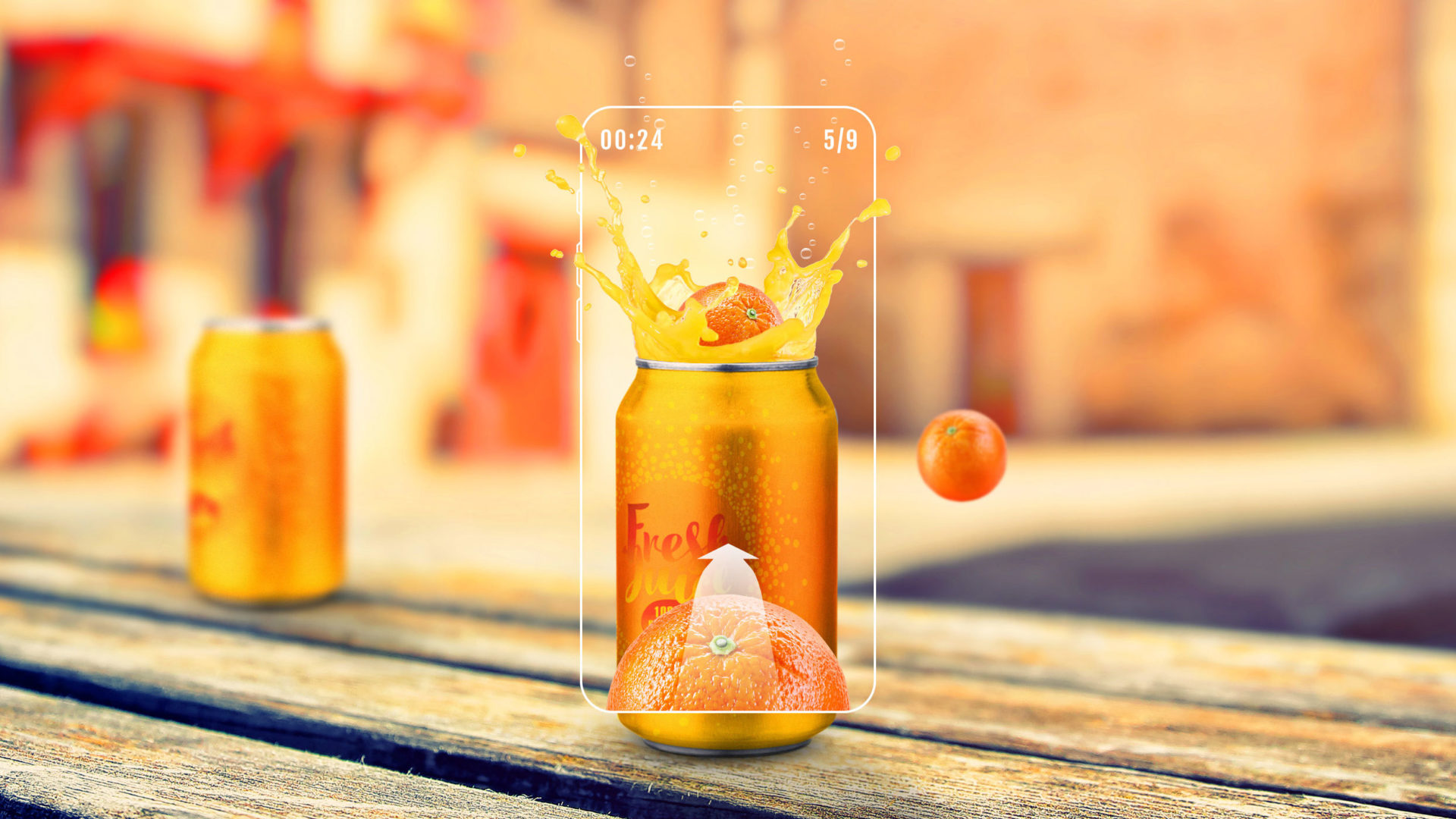
This makes AR particularly powerful for drinks brands and offers marketers a new way to engage consumers and innovate. Whatever your marketing objective -- from driving sales to communicating your sustainability pledges -- augmented reality can create unique experiences that deliver results.
Read on to discover five ways augmented reality can benefit your drinks brand.
1. Tell your brand’s story
Some of the most recognisable brands in the world are drinks. Telling your brand’s story and building brand equity is crucial in such a competitive industry. Augmented reality can engage consumers with your brand in a way that’s differentiated and memorable -- from immersive animation to interactive storytelling.
For example, we made Guinness’ bottles and advertisements interactive to tell the story of the ‘Red Tongue Dog’ -- a nickname given to the brand by drinkers in Singapore. The AR experience told the story behind the nickname, and showed the different personalities of Guinness drinkers in Singapore over the years. The AR campaign helped engage consumers in a specific target market and cultivate brand loyalty.
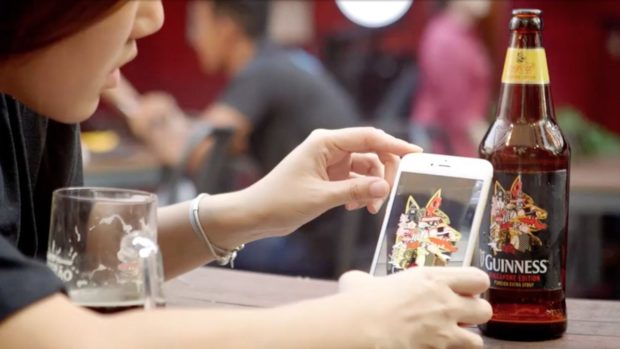
2. Access new customers
With augmented reality, you can tap into viral social media behaviours. Selfie-sharing is a huge trend on social media, and you can use AR to create fun selfie filters that people will want to share with friends. Or with gamified AR content, you can let people share scores and nominate friends to complete challenges. These fun, shareable experiences are particularly effective for building buzz around a new product launch and accessing new audiences.
We created an augmented reality game for Juice Burst. Customers scanned their bottle to enter ‘Juice Wars’, where they had to fire at falling fruit in AR to score points. Customers could share their scores with friends on social media and return to the game to win daily prizes. Our AR experiences for Juice Burst have attracted over 800,000 interactions, and increased purchase intent by 67%. A study by Marketing Sciences found people who interacted with the AR intended to share it with five other people.
Web AR is also a hugely effective way of reaching and engaging new audiences -- our web AR campaigns have generated engagement rates as high as 30%. With web AR you can bring augmented reality to all kinds of web-based experiences, including banner ads, websites, and social media ads. Users simply tap a link to launch the AR experience without the need for an app.
3. Tap into consumer concerns
Millennials are drinking less alcohol, opting for sugar-free drinks, and avoiding single-use plastic (even welcoming back glass milk bottles). In particular, the No and Low drinking behaviour creates new challenges for marketers of beverages. AR can help you engage with consumers on the issues they care about. You can turn your smoothie bottles into a source of healthy lifestyle tips, take customers on a virtual tour of your sustainable beer farm, and more.
We partnered with Heineken to bring consumers closer to its sustainability commitments. Customers could scan their bottle to unlock an animated story in augmented reality on the Legendary 7 -- the seven farmers responsible for Heineken’s sustainably produced barley and hops. Customers could then unlock more information on Heineken’s sustainable policies and nutritional information.
4. Drive sales on-site
Like so many industries, growth in online alcohol sales is outpacing brick-and-mortar. In particular, alcohol delivery services are encouraging consumers to order online at home. Augmented reality can help combat this by enhancing out-of-home drinking experiences to boost sales. You could enhance your drink with flash offers to redeem from nearby vendors, and more.
We partnered with Magners to bring AR to 2,500 pubs across the UK. Customers could scan posters, coasters, print ads, window vinyls, and staff t-shirts for the chance to win prizes -- including Ray Ban sunglasses and Barbour jackets. The campaign generated over 160,000 interactions, and nearly 40% of pubs reported an uplift in sales.
5. Boost repeat purchase
Encouraging consumers to return to your brand can be a challenge. Research suggests Millennials have a weaker sense of brand loyalty -- only 24% of them know which beverage they want to buy in advance. On the other hand, more than half of baby boomers do. AR can help by creating incentives for consumers to select your drink while at the shelf and keep them coming back. Unlockable games, time-based deals, and instant wins are just a few AR experiences that can make your repeat purchase rates soar.
For example, we partnered with Milo, a Nestle brand, to create episodic content for its packs of hot chocolate. Kids could scan their pack with the Blippar app to unlock exclusive content presented by famous sports stars in AR. New episodes were released every two weeks to encourage repeat engagement and purchase. Kids could also learn about different sports, nutrition, unheard sporting stories, and enter to win sports tickets. The campaign generated a 66% retention rate between episodes.
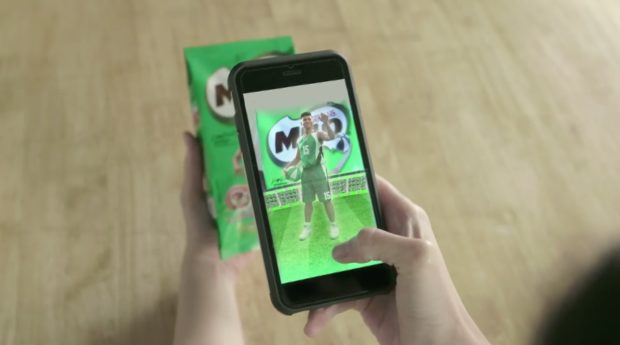
These are just some of the ways augmented reality can create unique, innovative experiences and drive value for the beverages industry. Interested to know more? Get in touch here.
